Museo del Mar "Las Caracoles"José María Garrido, 1925-2011
Non Extant
Sanlúcar de Barrameda, Andalusia, 11540, Spain
begun 1959
About the Artist/Site
Garrido worked as a fisherman for 20 years, until the day in 1959 that his close friend was dragged overboard during a storm. From that moment on, not only did Garrido never again set sail, he never even put one foot in the sea that up until then had been his life as well as his livelihood. Instead, he decided to pay homage to his friend and to the sea by creating a museum. Beginning that next year he worked every day, covering the walls with more than 80,000 sea snail shells as well as with photographs of old ships, signs on which he painted maritime proverbs, and innumerable other objects that he gathered from the beaches after storms. Because the building was so long and narrow, he easily adapted it to the shape of a boat, adorning the rooftop with masts and signs. He was an avid historian of the sea, full of the legends and stories that provide such a sense of place to the old-timers, and of how it shaped his natal city.
Unfortunately, the old-timers lost control of the city government, and the building was in an area the city council wanted to renovate; they offereded to purchase it (to tear it down), but Garrido, citing its historical and cultural value, refused. In the face of his intransigence, they purchased the building next door—even more of a ruin, without even a roof—and it became official municipal policy to let this building rot, hoping that when it would fall, it would take the Museo del Mar down with it.
Discouraged, during the last years of his life, Garrido closed his museum to the public, although if cajoled he was, infrequently, willing to make an appointment for a visit at a later occasion. For a time he tried to earn a living selling shells, sharks’ jaws, ship models, maritime souvenirs, and the little saints’ altarpieces in the nearby Plaza de la Ciudad or the Plaza del Cabildo, drawing attention with an old music player that cranked out pasodobles and coplas, but when I visited with him in early 2009, he had even discontinued that attempt to attract tourists and earn a few euros; it was too hard for him to stand for so long and the people that passed bought very little. Yet in past days, when he was offered a “blank check” to buy a specific precious object from his museum, he would always decline, despite having barely a penny to his name. Affable, gentle, and generous, with a prodigious memory, he worked for more than forty years in order to show his love for his city, for his fellow sailors and fishermen, and for the sea. In his waning years, all he wanted was to be able to live peacefully without the fear that the city would destroy his life’s labors. “I am a slave to my museum,” he said, “but I am the most liberated slave in the world” (Bustillo, Trabajo de Fotoperiodismo June 2008, 11).
The Museo del Mar was a result of an extraordinary tale transformed into an extraordinary presence; it is rare that art environment sites are birthed from such traumatic origins. Conceptualized early on as a monumental undertaking, the Museo grew through accretion and accumulation to become a powerful and compelling shrine, bearing witness to the life and creativity of its author, who opened his most personal and most private collection of objects, reflections, and principles to a generally uncaring public. And although the Museo was closed following the artist’s death, José María Garrido himself never forsook his project, for as one of his posted signs on the rooftop read: “Art is a poison that forces you to follow it until death.”
~Jo Farb Hernández, 2013
Contributors
Materials
sea snail shells, recycled materials, photographs
Map & Site Information
Sanlúcar de Barrameda, Andalusia, 11540
es
Latitude/Longitude: 36.7725774 / -6.3529689
Nearby Environments


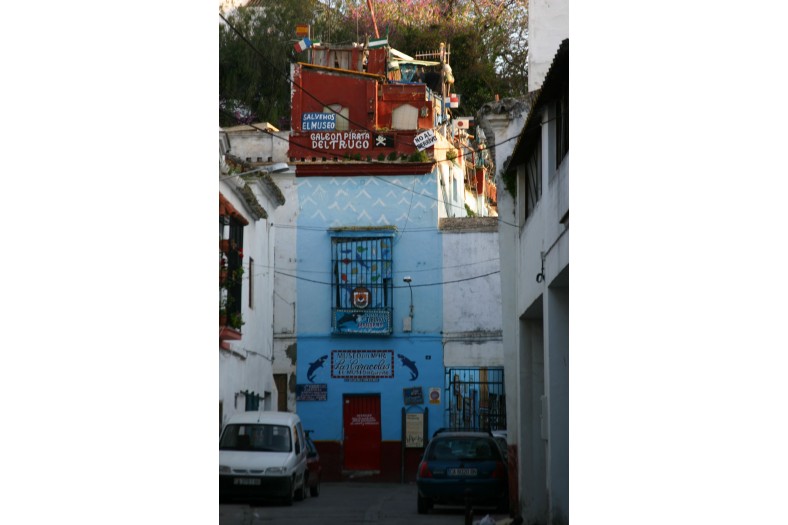
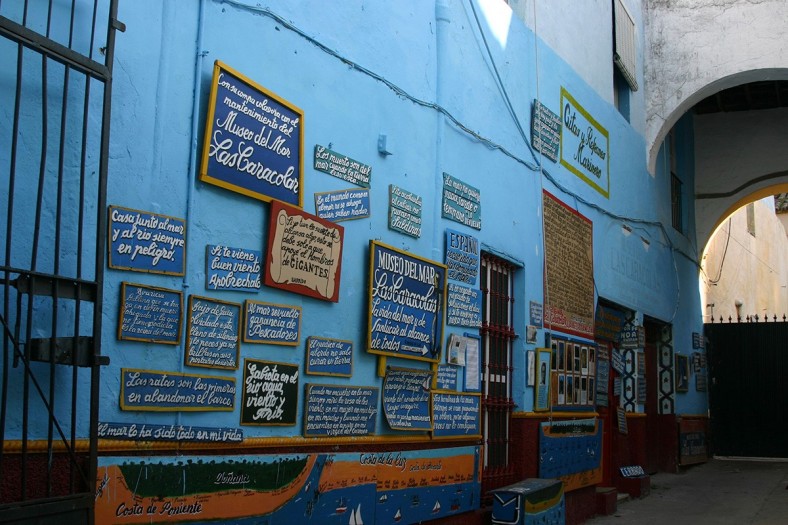
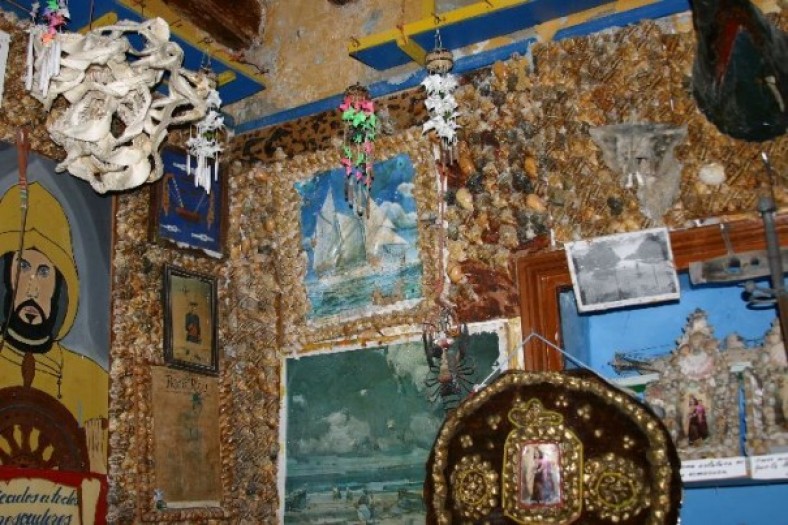
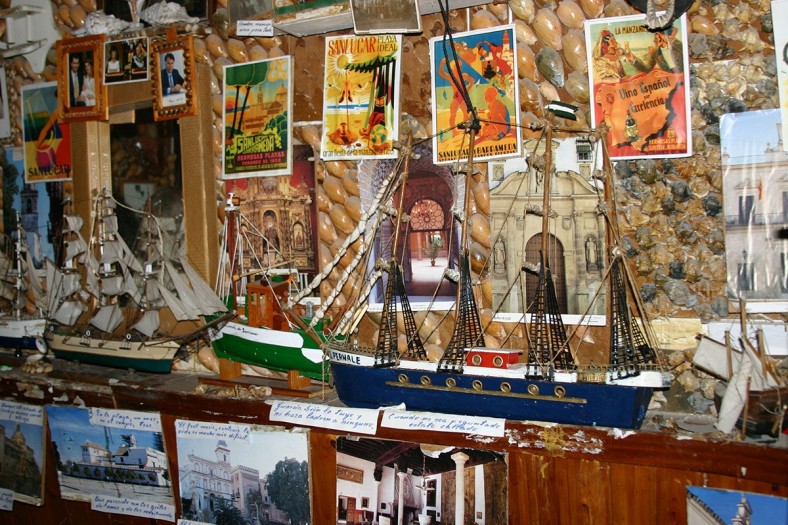
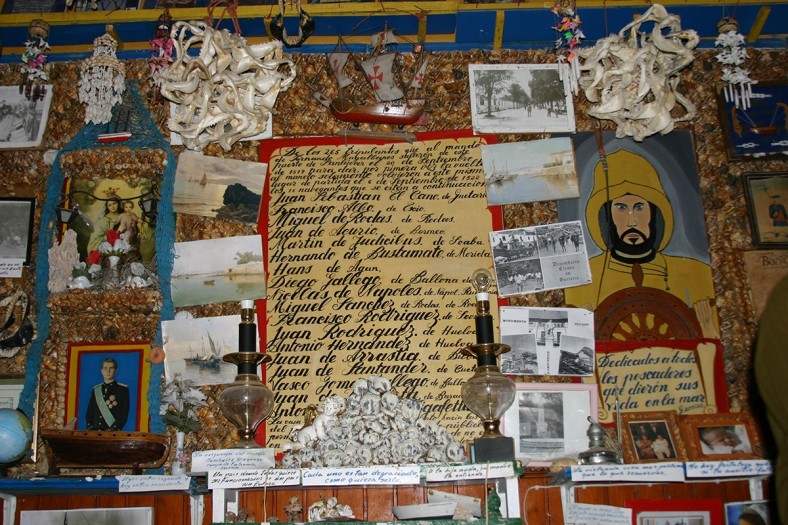
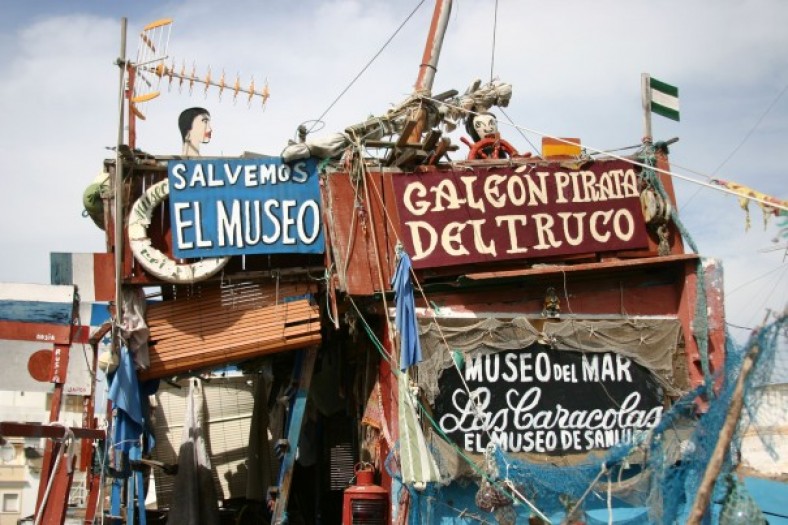
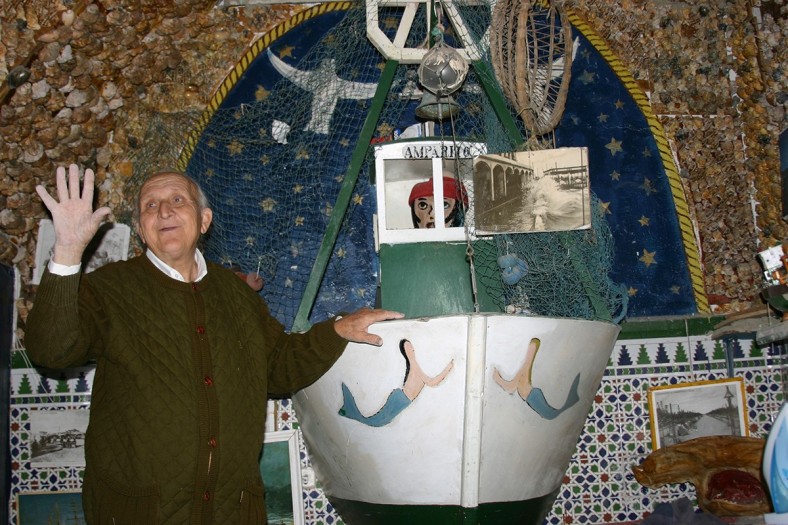
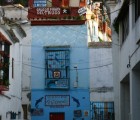
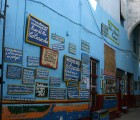
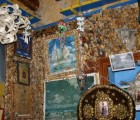
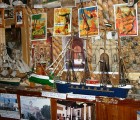
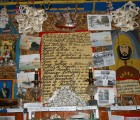
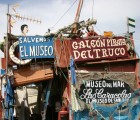
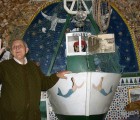
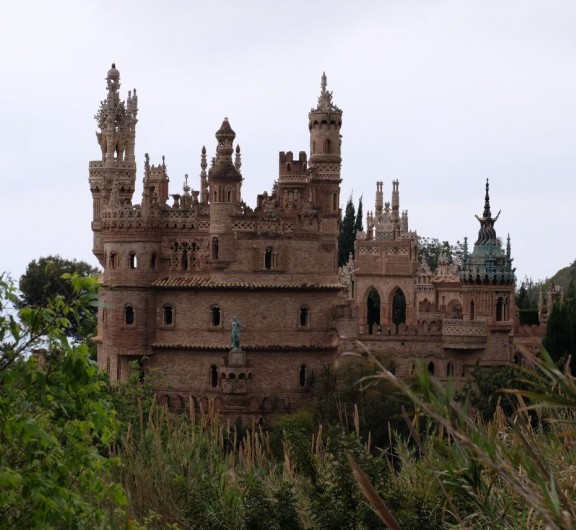
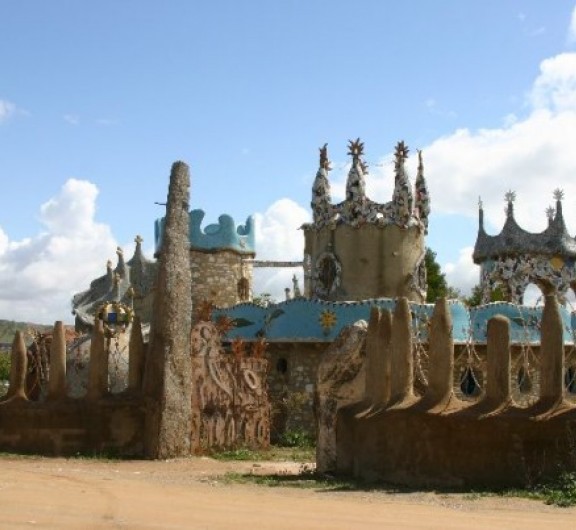
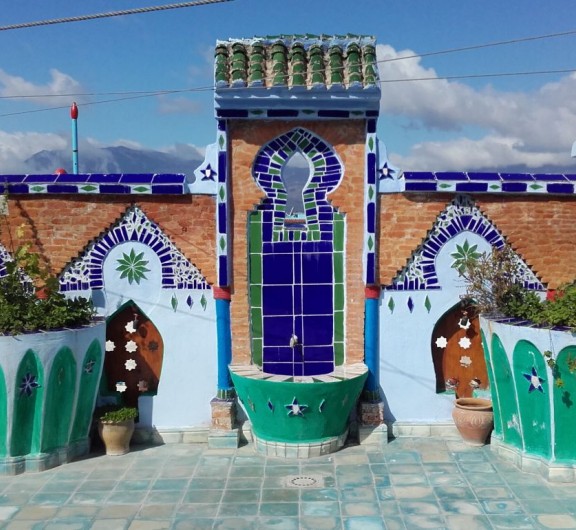

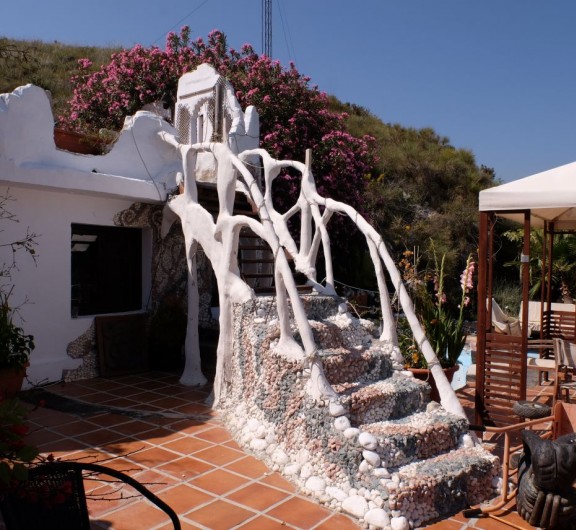
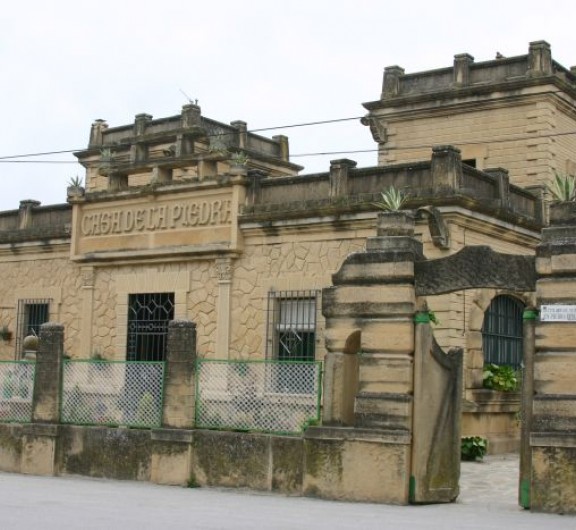

Post your comment
Comments
No one has commented on this page yet.